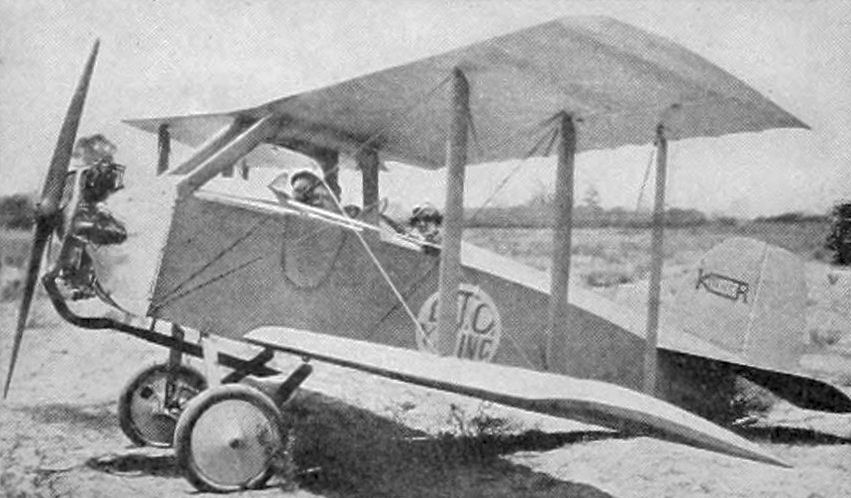Kinner Airster on:
[Wikipedia]
[Google]
[Amazon]
The Kinner Airster is an American two-seat single-engined
 The Airster appeared in 1920 designed by
The Airster appeared in 1920 designed by
biplane
A biplane is a fixed-wing aircraft with two main wings stacked one above the other. The first powered, controlled aeroplane to fly, the Wright Flyer, used a biplane wing arrangement, as did many aircraft in the early years of aviation. While ...
designed by Bert Kinner
Winfield Bertrum "Bert" Kinner (December 16, 1882 – July 4, 1957) was an American aircraft engine designer and designer of the first folding wing aircraft. Kinner founded Kinner Airplane & Motor Corporation in Glendale, California, which p ...
and built by his Kinner Airplane & Motor Corporation
Kinner Airplane & Motor Corp was an airplane and engine manufacturer, founded, in the mid-1920s, in Glendale, California, United States
The United States of America (USA), also known as the United States (U.S.) or America, is a country pr ...
.
Development
 The Airster appeared in 1920 designed by
The Airster appeared in 1920 designed by Bert Kinner
Winfield Bertrum "Bert" Kinner (December 16, 1882 – July 4, 1957) was an American aircraft engine designer and designer of the first folding wing aircraft. Kinner founded Kinner Airplane & Motor Corporation in Glendale, California, which p ...
, it was a one or two seat open-cockpit single-engine biplane. The first single-seat Airster was powered by a Lawrance L-4
The Lawrance L-3 and L-4 were early aircraft piston engines with three radial cylinders, designed and built by the Lawrance Aero Engine Company in the early 1920s. The L-3 / L-4 series were marketed by the Wright Aeronautical Corporation as the W ...
radial engine. When the prototype crashed on a test flight it was rebuilt as a two-seater with a wider cockpit. One Airster named ''The Canary'' was bought by Amelia Earhart
Amelia Mary Earhart ( ; July 24, 1897 – January 5, 1939) was an American aviation pioneer. On July 2, 1937, she disappeared over the Pacific Ocean while attempting to become the first female pilot to circumnavigate the world. During her li ...
while she was learning to fly. Later production aircraft had slab-sided plywood fuselages and were powered by a variety of engines.
In 1927 the company produced a three-seat variant powered by a Kinner K-2 engine, with the last Airster being built in 1927. Design rights were sold to the Crown Carriage Works in 1929 who produced a version designated the Crown B-3.
Specifications
References
{{Kinner aircraft and engines 1920s United States civil utility aircraft Biplanes Single-engined tractor aircraft Aircraft first flown in 1920